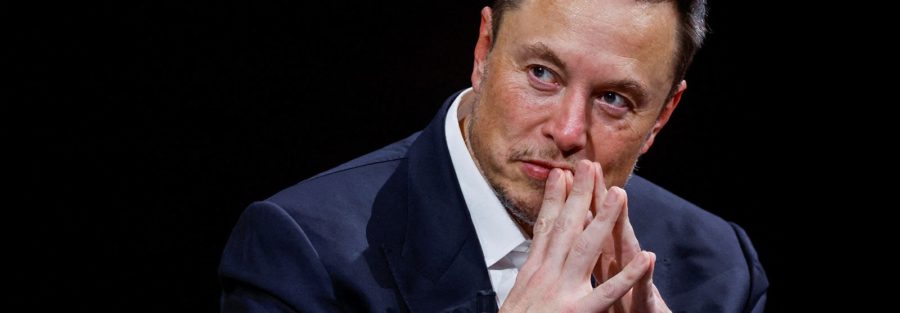In a recent interview with right-wing commentator Tucker Carlson, Elon Musk revealed his ambitious plans to develop an AI project that would rival ChatGPT and strive to unravel the mysteries of the universe.
Today, Musk unveiled the venture’s official name: xAI. With a minimalistic landing page, xAI reiterates its mission to understand the universe and highlights the contributions of 11 prominent male AI researchers from companies like Google, DeepMind, and OpenAI.
The formation of this “all-star founding team” has garnered praise from industry experts, such as Linxi “Jim” Fan, an AI researcher at Nvidia, who commended their exceptional talent and expertise in the field. Greg Wang, one of the co-founders, expressed in a tweet that xAI aims to elevate AI to the next level by developing a comprehensive mathematical “theory of everything” for large neural networks. The vision is to enable individuals to comprehend our mathematical universe in ways previously unimaginable.
Musk’s motivation to establish xAI stems partly from concerns about ChatGPT’s rapid ascent and the potential political biases it may possess. He has also criticized OpenAI, its creator, for being secretive and too closely aligned with Microsoft, an OpenAI backer. This sentiment may be compounded by Musk’s previous involvement with OpenAI as a co-founder. Despite severing ties due to a reported lack of control, Musk remains deeply invested in the AI field and has voiced apprehension about the existential threats posed by AI while warning against consolidating power within technology giants like Microsoft and Google.
Although Musk is renowned for his audacious endeavors, xAI’s stated objectives raise some questions. ChatGPT and similar AI models, including Google’s Bard, rely on deep learning techniques, and OpenAI’s CEO, Sam Altman, has emphasized the need for revolutionary ideas to propel AI beyond its current capabilities. Exploring the fundamentals of the technology could potentially yield groundbreaking breakthroughs.
However, recent advancements in AI have primarily stemmed from scaling up existing systems and augmenting computational power and data. The transformative changes expected in the tech and other industries in the coming years will predominantly arise from deploying these mature technologies.
At its current stage, xAI is likely to face challenges in matching the cloud computing capabilities of established players like OpenAI, Microsoft, and Google. Moreover, its relatively small team of AI researchers pales in comparison to the vast numbers that these industry giants can mobilize for AI projects. The sole named advisor for xAI, Dan Hendrycks, possesses experience in AI risk mitigation as the director of the nonprofit Center for AI Safety and was involved in a recent joint statement by tech leaders addressing the potential existential threat of AI.
Despite its modest beginnings, Musk’s xAI project undoubtedly benefits from the resources at his disposal. The company will collaborate closely with Twitter and Tesla, leveraging the vast conversational data on the Twitter platform for training large language models akin to ChatGPT. Additionally, Tesla’s expertise in designing specialized AI chips and building powerful computing clusters will likely contribute to bolstering xAI’s cloud computing capabilities. Notably, Tesla’s ongoing humanoid robot project could also prove mutually beneficial for xAI’s future endeavors.
At this early stage, xAI’s ambitious rhetoric may primarily serve as a means to attract top talent. The demand for AI expertise has never been higher. For a new entrant like xAI, even with Musk’s reputation and substantial resources, the key challenge lies in demonstrating its ability to attract the researchers necessary to eventually compete on a broader scale.
Musk’s grand aspirations of challenging existing AI giants and safeguarding humanity from harmful AI make xAI’s initial size and scope appear rather modest. Many AI researchers who share concerns about the trajectory of AI tend to view transparency and collaboration as essential elements in addressing the challenges ahead, emphasizing collective efforts over the solitary genius approach with a limited team of “all-stars.”



